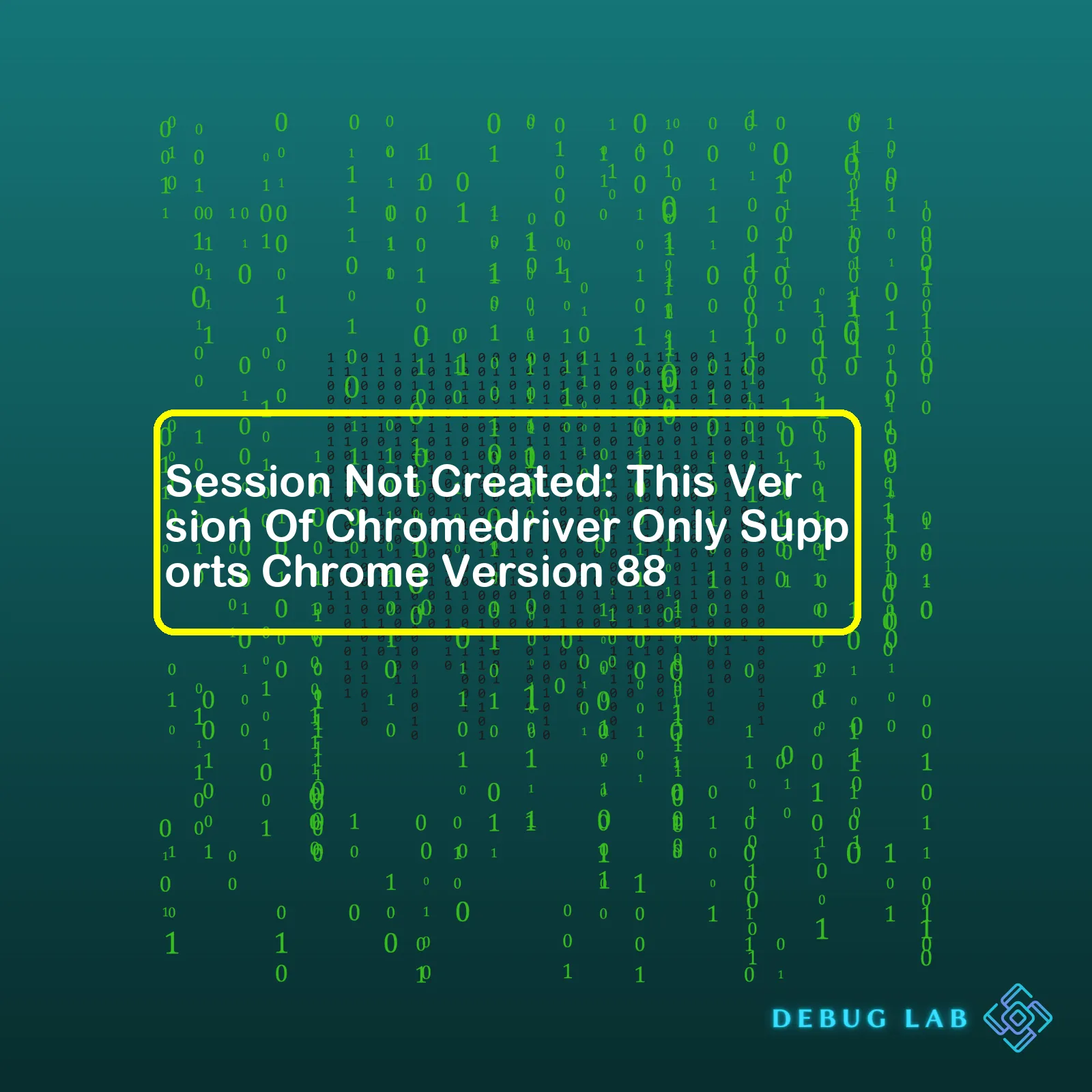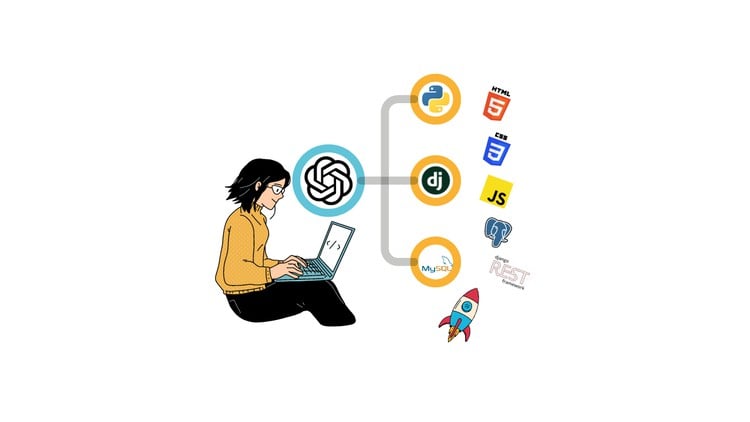In the world of software development, crafting a flawless application is much like baking the perfect cake. You can have the finest ingredients—elegant code, a powerful framework, and a robust architecture—but a single misstep, a forgotten component, or a wrong measurement can lead to a disappointing result. This is where the art and science of debugging come into play. It’s the process of finding and fixing those “wrong ingredients,” or bugs, that prevent our software from behaving as expected. Just as a baker tastes the batter and adjusts the recipe, a developer must systematically investigate, diagnose, and resolve issues to deliver a polished, functional product.
This comprehensive guide will take you through the essential layers of Software Debugging. We’ll start with the foundational principles and mindset required for effective Bug Fixing, then slice into the core Debugging Techniques and Debug Tools that every developer should master. From there, we will explore language-specific strategies for JavaScript Debugging, Node.js Debugging, and Python Debugging, covering both Frontend Debugging and Backend Debugging. Finally, we’ll look at advanced topics like Production Debugging and debugging in complex environments like microservices and containers. By the end, you’ll have a complete recipe for turning frustrating errors into successful solutions.
The Foundations: Understanding the Debugging Mindset
At its core, debugging is a methodical process of elimination. It’s not about randomly changing code and hoping for the best; it’s about forming a hypothesis, testing it, and narrowing down the possibilities until the root cause of the bug is exposed. Adopting the right mindset is the first and most crucial step in becoming an effective debugger.
1. Reproduce the Bug Consistently
You cannot fix what you cannot find. The first rule of debugging is to find a reliable way to reproduce the error. This might involve identifying a specific sequence of user actions, a particular set of input data, or a certain state of the application. Once you can trigger the bug on demand, you have a controlled environment for testing your fixes. This is a cornerstone of all Debugging Best Practices.
2. Understand the Error Messages and Stack Traces
Modern programming languages and frameworks provide a wealth of information when something goes wrong. Error Messages are not just frustrating roadblocks; they are clues. A message like TypeError: Cannot read properties of undefined in JavaScript points directly to a variable that wasn’t initialized. Similarly, Stack Traces are invaluable. They show the exact sequence of function calls that led to the error, allowing you to trace the problem back to its origin. Learning to read and interpret JavaScript Errors, Node.js Errors, or Python Errors is a non-negotiable skill.
3. Start with the Simplest Explanation
Before you assume a bug is caused by a complex race condition or a subtle flaw in a third-party library, consider the simplest possibilities. Is a variable misspelled? Is an API endpoint incorrect? Did you forget to handle a `null` value? Often, the most elusive bugs are hidden behind the most obvious mistakes. This principle simplifies the process of Code Debugging and prevents you from going down unproductive rabbit holes.
A Developer’s Toolkit: Essential Debugging Techniques
With the right mindset in place, the next step is to arm yourself with a versatile set of Debugging Techniques and Developer Tools. Different situations call for different approaches, and a skilled developer knows which tool to use for the job.
Logging and Tracing: The Classic Approach
The simplest yet one of the most effective techniques is logging. By strategically placing print statements or `console.log()` calls in your code, you can trace the flow of execution and inspect the state of variables at different points in time. This is a fundamental aspect of using the Debug Console.
For example, in JavaScript development, you might do this:
function calculateTotal(items) {
console.log('Entering calculateTotal with items:', items);
let total = 0;
for (const item of items) {
console.log('Processing item:', item);
if (item && typeof item.price === 'number') {
total += item.price;
} else {
console.warn('Invalid item found:', item);
}
}
console.log('Final total calculated:', total);
return total;
}
While simple, effective Logging and Debugging in larger applications often involves structured logging libraries that allow you to assign levels (e.g., INFO, WARN, ERROR) and easily filter messages, which is critical for System Debugging.
Interactive Debugging with Breakpoints
Interactive debuggers are a massive leap forward from simple logging. They allow you to pause the execution of your code at specific points, called breakpoints. While paused, you can inspect the entire application state, including the call stack, local variables, and memory. You can then step through the code line by line, observing how values change and pinpointing the exact moment things go wrong.
- Browser Debugging: For Frontend Debugging, Chrome DevTools is the industry standard. Its Sources panel allows you to set breakpoints directly in your JavaScript, TypeScript, or framework code (e.g., for React Debugging or Vue Debugging). The Network panel is also indispensable for Network Debugging and API Debugging, allowing you to inspect HTTP requests and responses.
- Backend Debugging: For Node.js Development, you can use the built-in inspector by running your application with the `–inspect` flag. You can then connect to it using Chrome DevTools. For Python Development, the built-in `pdb` (Python Debugger) library is a powerful command-line tool for setting breakpoints and stepping through code.
Static and Dynamic Code Analysis
Code Analysis tools help you catch bugs before you even run your code.
- Static Analysis: Tools like ESLint for JavaScript and Pylint for Python analyze your code without executing it, catching syntax errors, potential logic flaws, and style violations. This is a proactive form of Application Debugging.
- Dynamic Analysis: These Profiling Tools run alongside your code to monitor its behavior. They are essential for tackling performance issues (Debug Performance) and memory leaks (Memory Debugging). Chrome DevTools’ Performance and Memory tabs are excellent examples.
Debugging Across the Full Stack
Modern applications are complex, often involving a frontend client, a backend server, and multiple APIs. Full Stack Debugging requires a holistic approach to trace issues as they cross these boundaries.
Frontend and Web Debugging
Web Debugging primarily revolves around the browser. As mentioned, Chrome DevTools is a powerhouse, but Firefox Developer Tools and Safari’s Web Inspector offer similar capabilities. When debugging frameworks like React, Vue, or Angular, specialized browser extensions (e.g., React Developer Tools) are invaluable. They provide insights into component state, props, and the component hierarchy, making Angular Debugging and React Debugging far more manageable. TypeScript Debugging is also well-supported through source maps, which map the compiled JavaScript back to your original TypeScript code.
Backend and API Debugging
On the backend, debugging often involves examining logs, inspecting database states, and tracing API calls. For Node.js Debugging within an Express application (Express Debugging), you might need to debug middleware execution order. In Python frameworks like Django or Flask (Django Debugging, Flask Debugging), the interactive debug pages they provide on error are incredibly helpful. For API Development, tools like Postman or Insomnia are essential for crafting and sending specific requests to your endpoints to test and debug their behavior.
Asynchronous Debugging Challenges
One of the trickiest areas is Async Debugging. In JavaScript, promises and async/await can make stack traces difficult to follow. Modern debuggers and tools have improved significantly in this area, often providing “async stack traces” that link asynchronous operations together. Proper error handling in `.catch()` blocks or `try…catch` statements is crucial for preventing silent failures.
Advanced Strategies and Modern Development Workflows
As systems grow in complexity, so do the challenges of debugging. Advanced strategies are needed to maintain stability in modern architectures and deployment pipelines.
The Role of Testing in Debugging
Testing and Debugging are two sides of the same coin. A robust test suite is your first line of defense against bugs.
- Unit Test Debugging: When a unit test fails, it isolates the problem to a specific function or module, making the bug much easier to find and fix.
- Integration Debugging: Integration tests help you debug the interactions between different parts of your system, such as the connection between your application and its database or between two microservices.
A failing test provides a perfectly reproducible case for a bug, fulfilling the first rule of debugging automatically.
Debugging in Containerized and Microservice Environments
Debugging applications running in containers or as microservices introduces new layers of complexity.
- Docker Debugging: This might involve accessing a shell inside a running container (`docker exec -it <container_id> /bin/sh`) to inspect its filesystem and logs, or configuring your IDE for Remote Debugging by exposing the debugger port from the container.
- Kubernetes Debugging: This often involves checking pod logs (`kubectl logs <pod_name>`), describing resources to check for configuration errors (`kubectl describe pod <pod_name>`), and using port-forwarding to connect a local debugger to a process running in a pod.
- Microservices Debugging: The primary challenge here is tracing a single request as it flows through multiple services. Distributed tracing tools (like Jaeger or Zipkin) are essential for visualizing these flows and identifying which service is failing or causing a bottleneck.
Production Debugging and Error Monitoring
Bugs will inevitably slip into production. Production Debugging is a delicate process, as you cannot simply pause the application. The key is observability.
- Error Tracking: Services like Sentry, Bugsnag, or Datadog automatically capture unhandled exceptions in your application, group them, and provide you with rich context like stack traces, browser/OS information, and user actions leading up to the error. This is a form of Debug Automation.
- Logging: Centralized logging platforms (like the ELK Stack or Splunk) are critical for aggregating logs from all your servers or containers, allowing you to search and analyze them to diagnose issues.
- Performance Monitoring: Application Performance Monitoring (APM) tools provide deep insights into your application’s performance in production, helping you identify slow database queries, inefficient code paths, and other performance-related bugs.
Conclusion: Mastering the Recipe for Robust Software
Debugging is an inevitable and essential part of the software development lifecycle. It’s a skill that blends technical knowledge with a detective’s intuition and a scientist’s methodology. By embracing a systematic approach, understanding your tools, and continuously learning, you can transform debugging from a frustrating chore into a satisfying challenge. From simple `console.log` statements to sophisticated Error Monitoring platforms, the techniques and tools at your disposal are vast.
Ultimately, effective Code Debugging is about more than just fixing errors; it’s about deeply understanding your code and building more resilient, reliable, and performant applications. Like perfecting a recipe through trial and error, each bug you fix makes you a better developer and your software a more polished final product.














